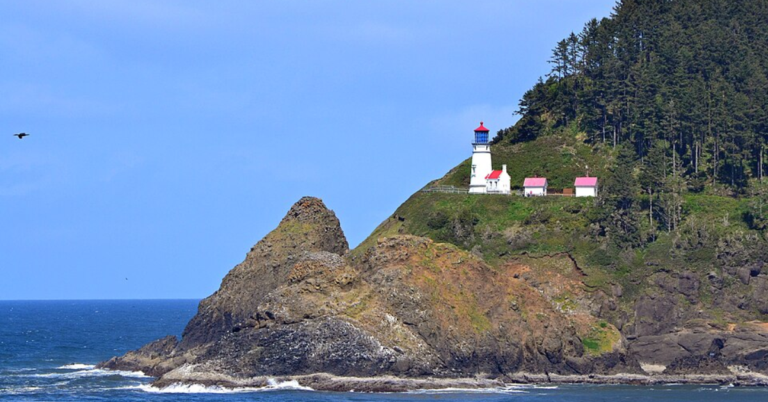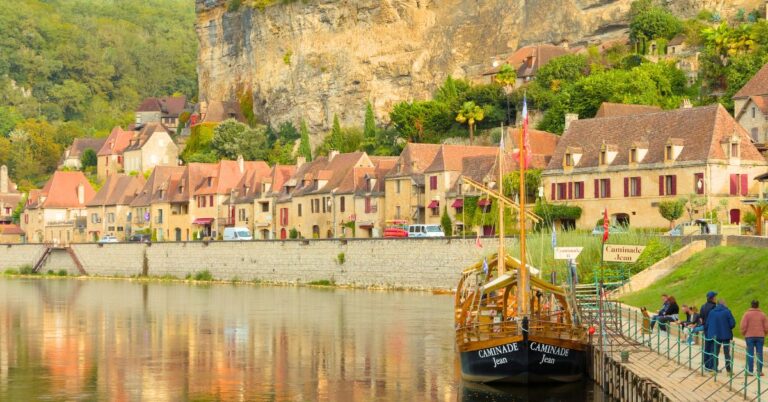15 Underrated Japanese Towns You’ll Fall In Love With
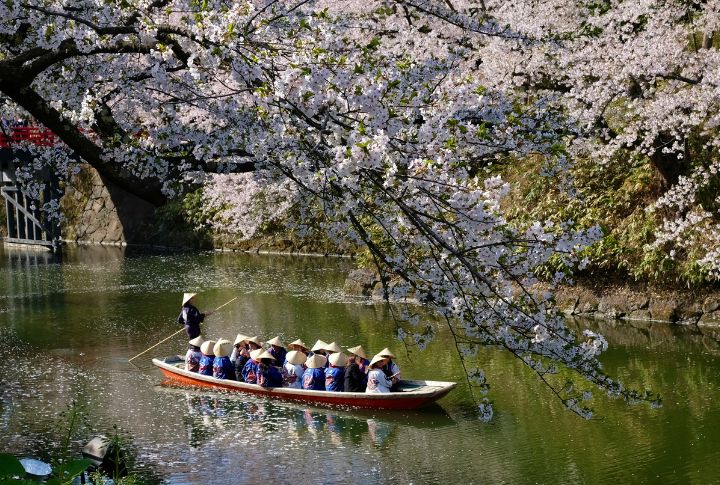
Travel guides rarely mention the towns where the streets smell like mochi and the locals still greet strangers. There’s no shopping frenzy or chaotic noise here. Just quirky traditions scattered through quiet corners that actually go silent after dark. Keep reading to explore 15 underrated towns that might just become your favorite detour of all time.
Matsumoto’s Historic Charm
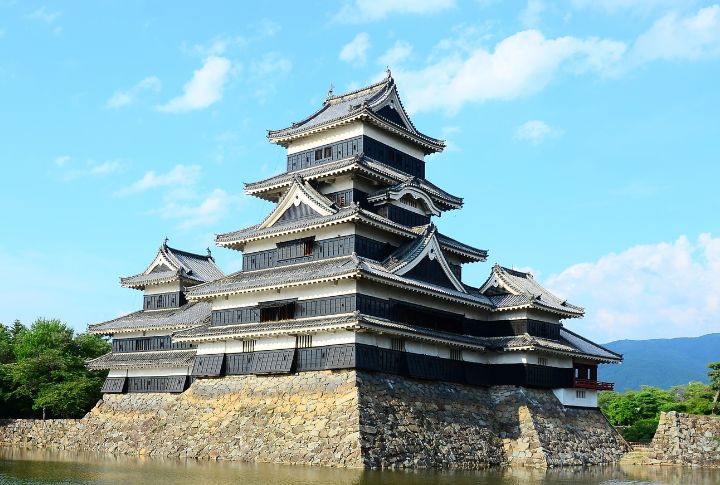
Unlike many urban castles, Matsumoto-jo still stands in its original wooden form, complete with a moon-viewing room used by feudal lords. The city also hosted Japan’s first open-air school in 1873. Step outside the castle gates and you’ll stumble into the quaint Nawate-dori Frog Street, full of quirky surprises.
Kanazawa’s Cultural Richness
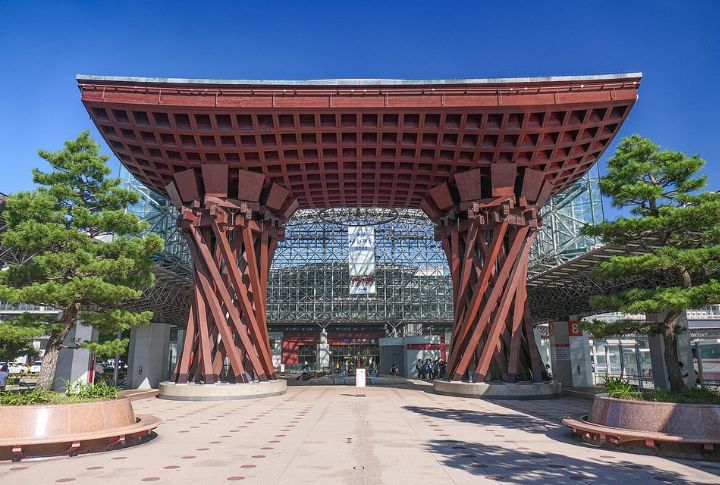
Kanazawa Station’s futuristic Tsuzumi-mon Gate draws significant domestic travelers, complementing the city’s blend of modernity and tradition. Beyond the gate, numerous Kaga Yuzen dyeing workshops—reportedly around 20—preserve ancient craftsmanship. Walk carefully; some alleyways here still echo the footsteps of Meiji-era poets and philosophers.
Hirosaki’s Cherry Blossom Beauty
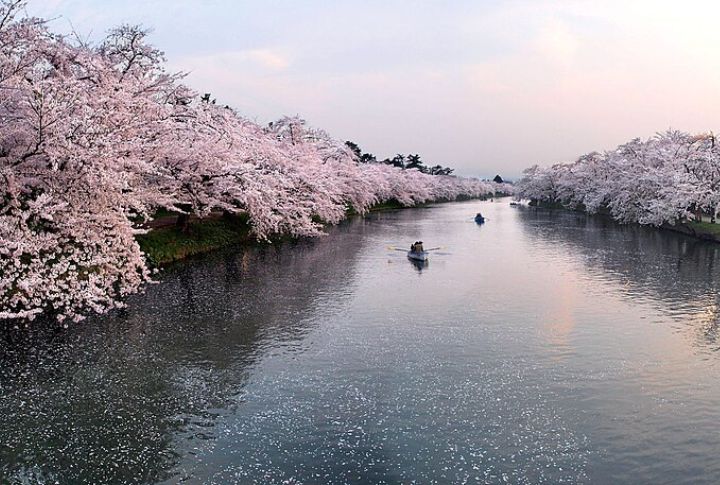
Hirosaki hosts Japan’s longest-running cherry blossom festival, stretching over two weeks thanks to the cooler northern climate. In Hirosaki Park, a stunning tunnel of blossoms earned a spot among Japan’s Top 100 Sceneries, as ranked by the Ministry of the Environment. According to local lore, farmers even use the fallen petals to nourish nearby apple orchards each May.
Nasu’s Natural Retreat
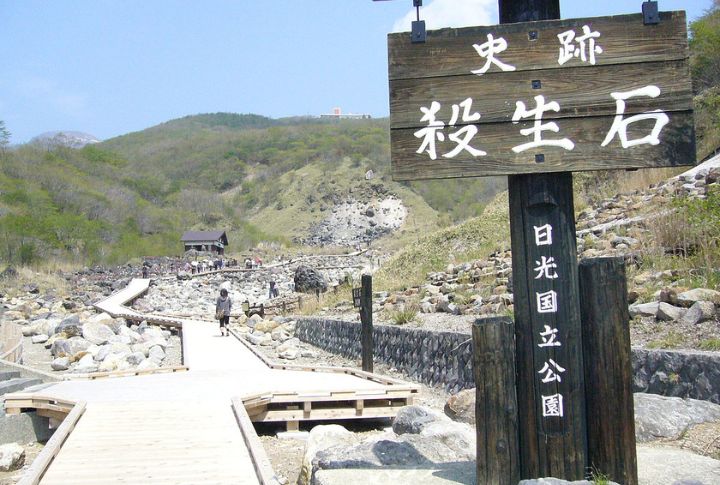
Since 1926, Nasu has served as the imperial family’s summer retreat, yet many Americans overlook it on their way to Nikko. Its dairy farms are famous for high-quality milk, which is used in local custard recipes popular in Tochigi. Hike toward Chausudake for a view of the volcanic plume rising daily.
Kinosaki’s Onsen Experience

Out of Japan’s thousands of hot spring towns, only Kinosaki promotes “sotoyu meguri”—an official onsen-hopping passport system complete with stamps. Each bathhouse features a mythological theme, with Mandara-yu honoring a monk’s vision from the 8th century. Don’t forget to sample the region’s prized Matsuba crab in winter.
Matsuyama’s Vibrant Streets
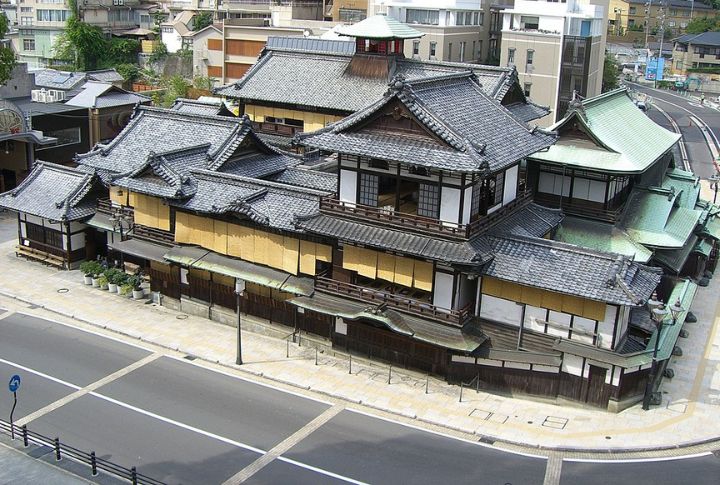
The Shikoku Pilgrimage Route passes through Matsuyama, home to temple number 51, Ishite-ji, which is said to house a time capsule set to open in the year 2400. The city’s trams, including the historic Botchan trains, add a nostalgic charm to the streets. Near Dogo Onsen, a clock tower comes to life every hour, featuring moving puppets that delight visitors with a whimsical performance.
Kamikatsu’s Zero-Waste Initiative
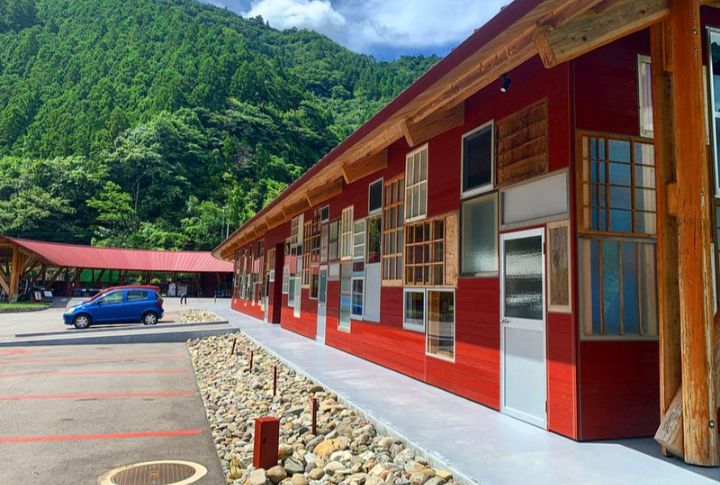
While Japan as a whole recycles about 20% of its waste, Kamikatsu is aiming for an ambitious 100%. In recent years, the town has reached an impressive 81%, largely thanks to the “Kuru Kuru Shop,” where locals trade reusable goods instead of currency. Kamikatsu’s Hotel Why also plays a part, with rooms built from reclaimed construction timber.
Chikatsuyu’s Pilgrimage Path
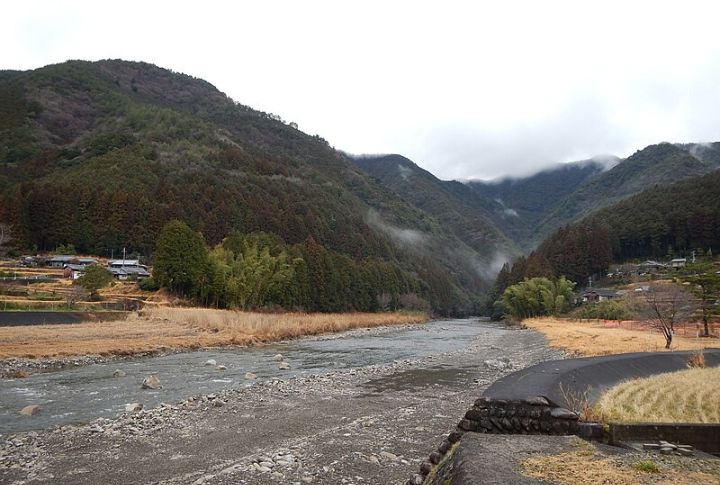
As one of the last villages offering traditional minshuku inns for Kumano Kodo pilgrims, Chikatsuyu remains a quiet stop, likely seeing fewer than 200 travelers a day in peak season. At dusk, lanterns along the stone path glow faintly, evoking the historical pilgrims who walked the same trail.
Onomichi’s Scenic Beauty
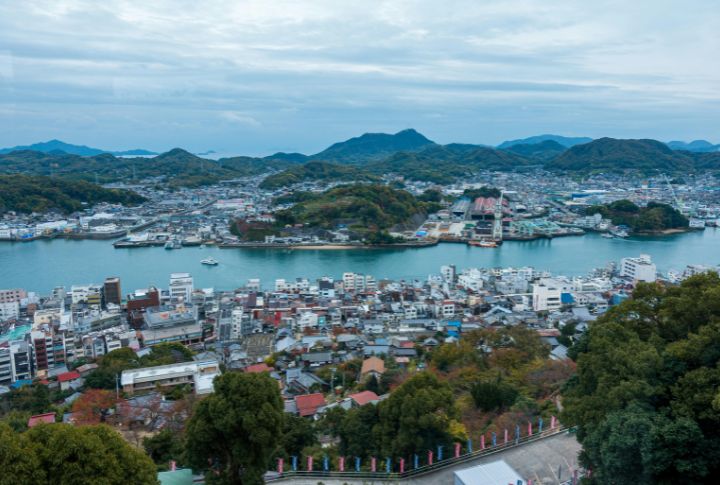
Onomichi has inspired numerous films, with over 20 movies, including Yasujiro Ozu’s “Tokyo Story,” shot here. Cat Alley, or Neko no Hosomichi, is decorated with over 100 feline-themed stones. Artists often sketch from the hillside parks, where they focus on rooftops stacked like origami up the coast.
Takayama’s Old Town
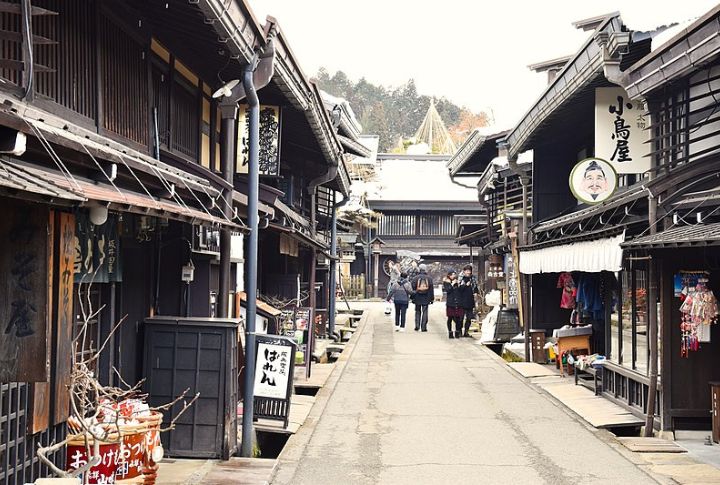
Only in Takayama can you see the Yatai Kaikan’s centuries-old festival floats displayed year-round. Their intricate restoration is a meticulous process done by hand. The town’s Hida Folk Village also features 30 authentic gassho-zukuri farmhouses and offers seasonal workshops in weaving and rice cake pounding for all curious visitors.
Kurashiki’s Historic District

Kurashiki Ivy Square, once a spinning mill founded in 1889, has transformed into a cultural complex showcasing exhibits on Japan’s industrial history. Just around the corner, the Ohara Museum of Art—Japan’s first museum dedicated to Western art—houses original works by artists like El Greco and Gauguin, situated behind charming Edo-period storehouses.
Matsuri-No-Mura’s Festival Spirit
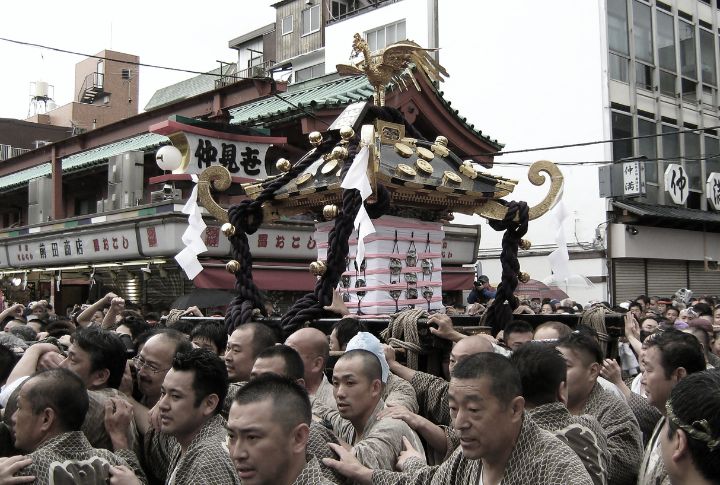
Unlike typical museums, Matsuri-no-Mura brings the energy of local festivals to life, with lively reenactments occasionally performed by enthusiastic community volunteers. It houses the largest collection of Hida Takayama floats outside the festival itself. Visitors can also get hands-on with traditional crafts like mask painting, using time-honored techniques passed down through generations.
Hagi’s Samurai District
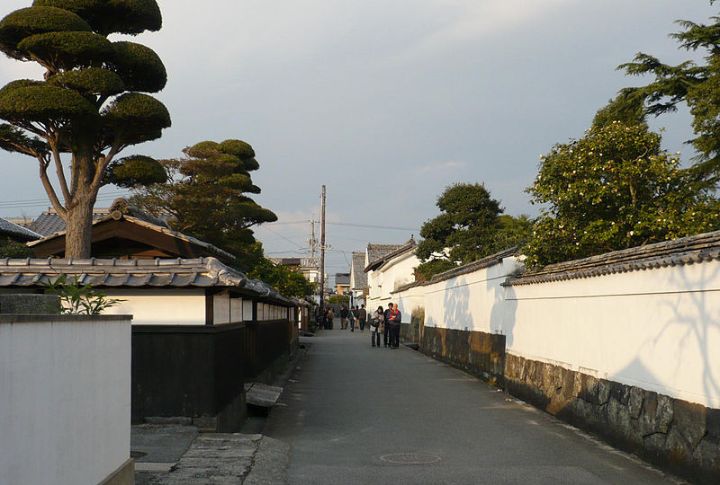
Hagi preserves the original grid layout from the 1604 Mori clan design, making it one of Japan’s few castle towns with unchanged boundaries. The area includes numerous intact bukeyashiki, or samurai homes, many of which are still occupied. Hagi-yaki pottery is fired at lower temperatures, resulting in fine cracks unique to each user.
Iya Valley’s Remote Beauty
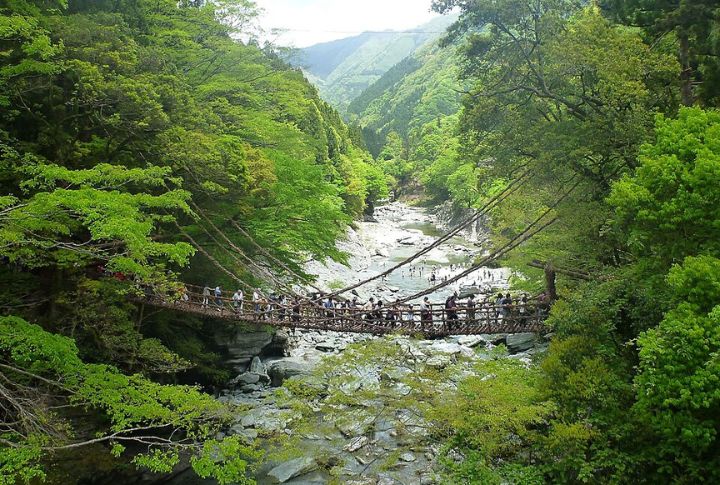
Iya’s scarecrow village of Nagoro features over 350 handmade dolls, each representing a departed or relocated resident, positioned throughout homes, fields, and schools. The double-vine bridges were once pulled up by samurai to evade pursuers. Even during peak autumn in early November, visitors rarely outnumber the remaining locals.
Ouchi-Juku’s Thatched Roofs
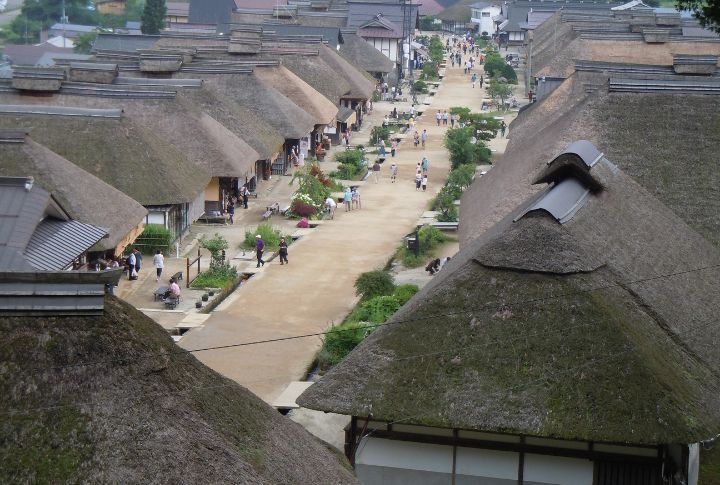
Electric poles are buried underground to protect the views of Ouchi-juku’s 17 preserved thatched homes. Only 70 residents remain, yet they maintain traditions like handmade washi postcards and konjac jelly dishes. Winter snow piles nearly six feet deep, which turns the village into a silent monochrome postcard from the past.





